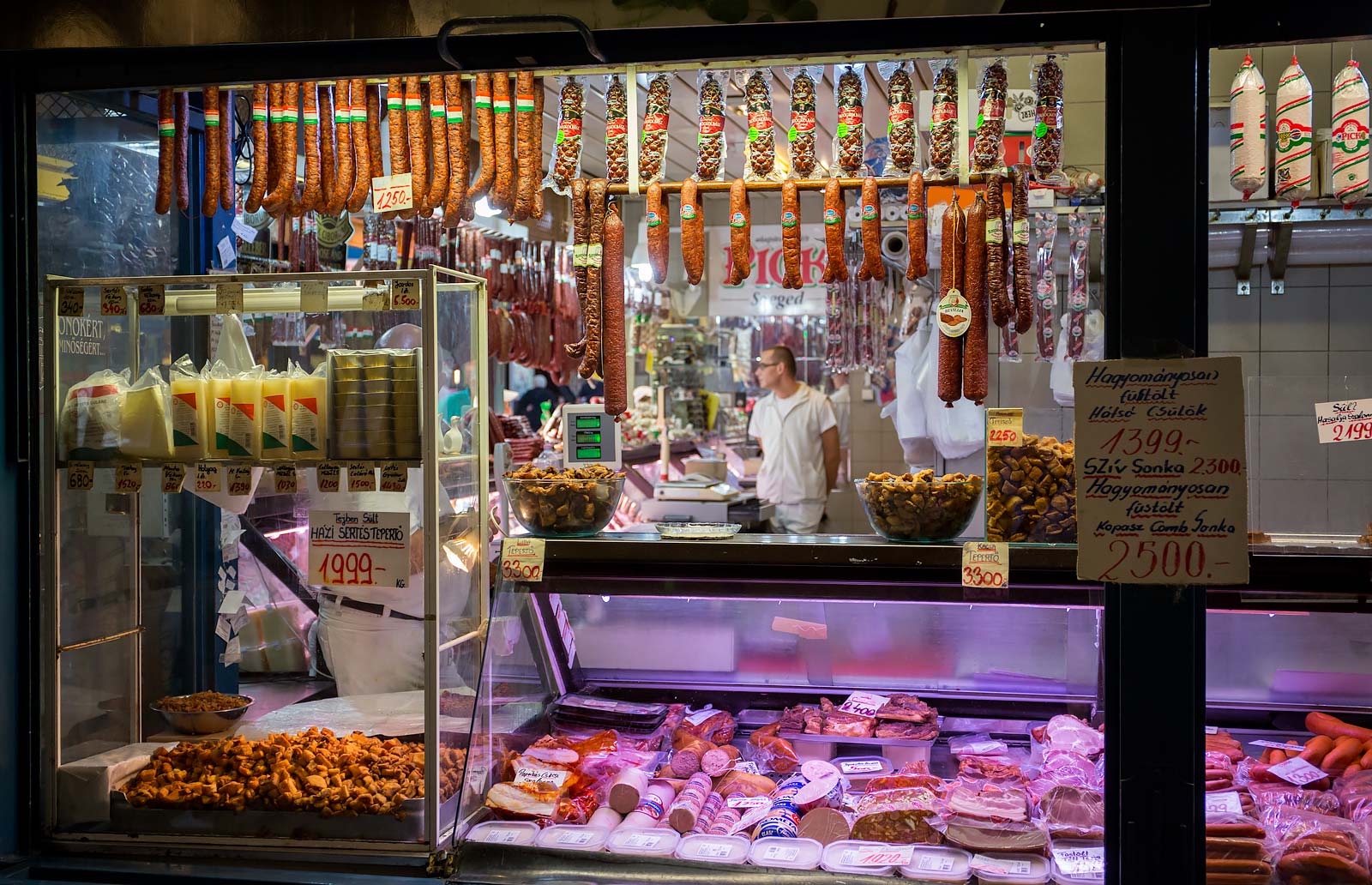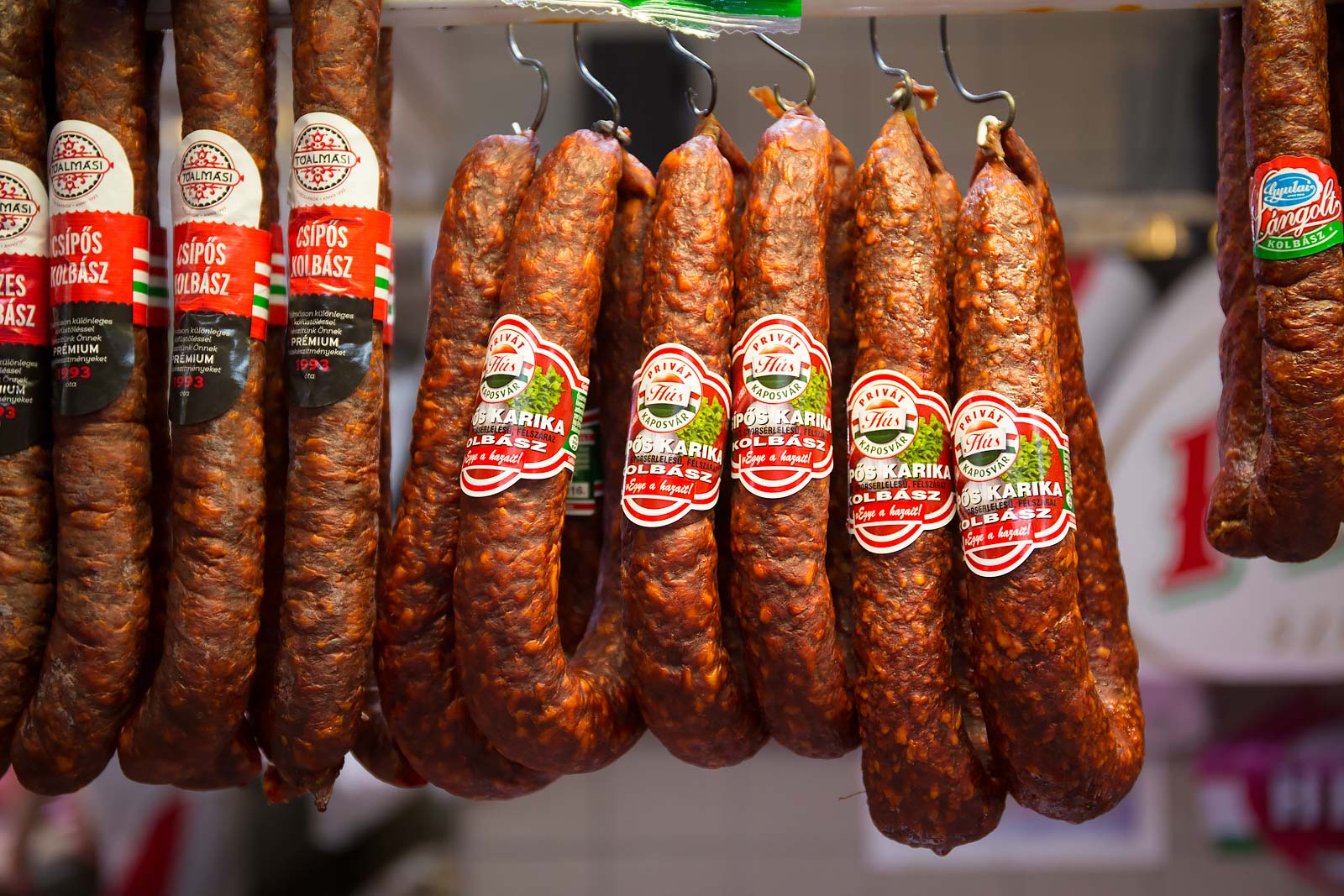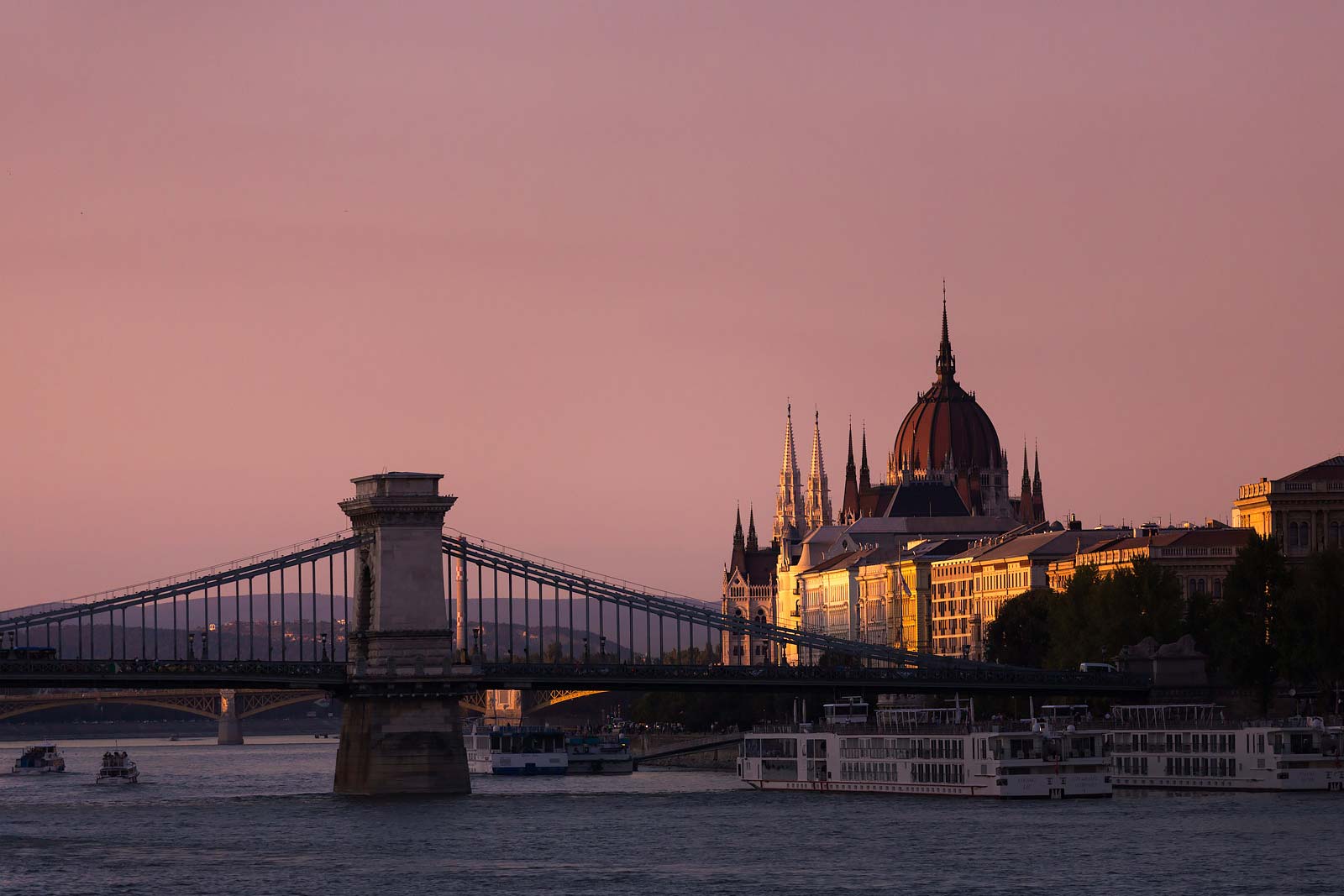Prague reminds me of some of my hippy friends from college: it’s ratty and sometimes seems willfully dirty, but it is artistic, beautiful and lovable nonetheless. At least, it would be lovable if it weren’t so packed with tourists: tourists on Segways, tourists driven around in fake old cars, German sex tourists, and the hordes that stop in the middle of the Charles Bridge to stare at their phones, oblivious of the other hordes that are trying to get around them. I suppose I have mixed feelings about Prague.

Regardless, the city offers plenty of opportunities to photographers… almost. Like many European nations, Prague now has very strict laws regarding photography in public. You’ll generally require consent before photographing any person that will be recognizable in a photograph, though there are unclear exceptions for press photographers and artists (who counts as a member of the press or an artist?). This makes candid street and documentary photography impractical, at best.

Still, the architecture is beautiful. I spent a few days wandering around the city and didn’t even manage to feel that I’d hit all of the highlights. Indeed, the experience left me asking: where’s the real city? Where do locals go to buy a pair of pants or a tea kettle? From hills around the old town, I could see what appeared to be the modern, commercial section of the city in the distance. I feel that I should have spend time there, too.





With all of the crowds and the photography laws, I began by trying wide shots of the buildings and the skyline. I did get a few shots that I liked, but I really wanted to take some more intimate shots… and couldn’t. Trying to shoot architectural shots was overwhelming in Prague, so in the end, I started focusing on patterns and details instead. I’m not sure that I like them any better than the wider shots, but they were a nice change of pace.




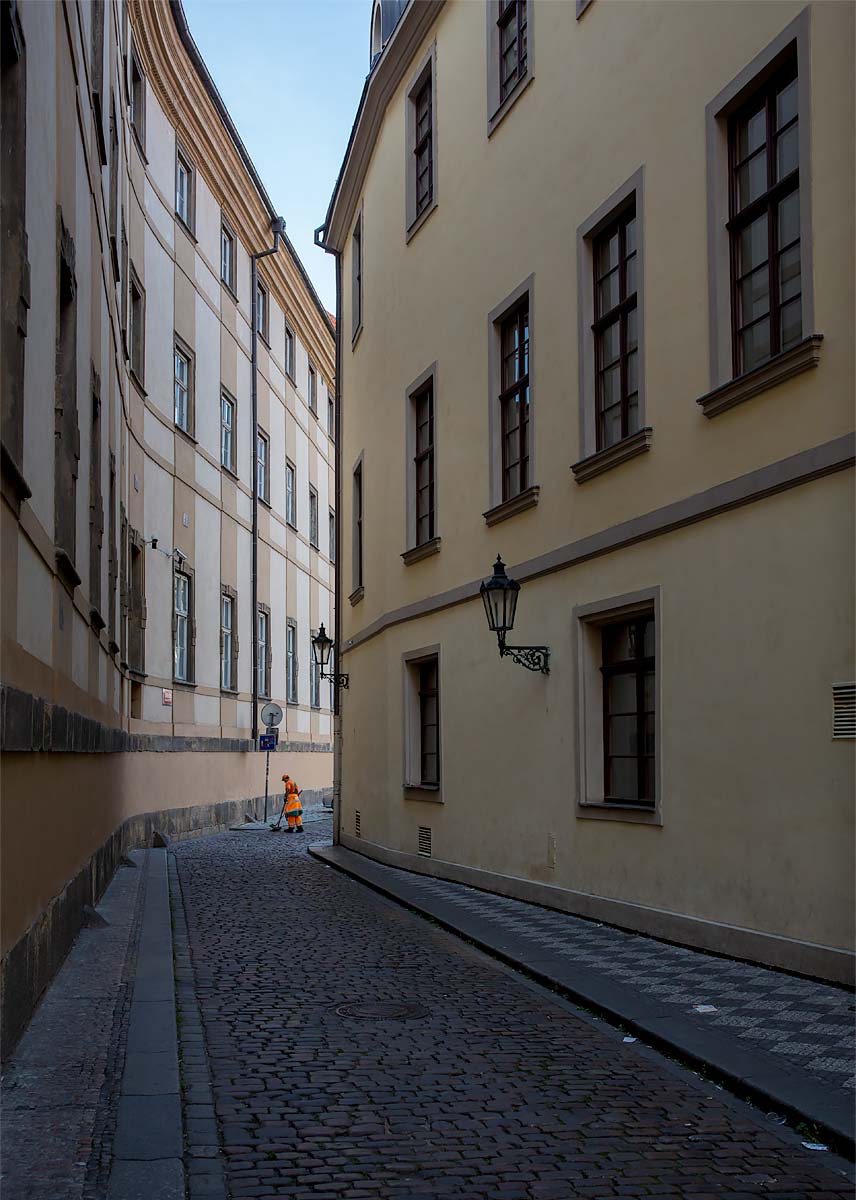



A few hours before my train arrived in Budapest, a bomb went off. It seriously injured at least two police officers (a man and a woman), though luckily they were expected to live. However, there appeared to be no more security around the city than normal. A couple of days later, though, I joined a group of journalists at a press conference at the East Train Station where Halász János, a representative of the major right-wing political party, used the incident to denounce the current lax attitude towards immigrants and call for tighter borders and security.

On the same day, I noticed dozens of tents being set up in the lower level of the station. With no Hungarian language experience or interpreter, it took me a while to figure out what was going on. I expected an influx of refugees, but in fact it turned out to be a film crew preparing a set for a movie. The tents were colorful and made an interesting photo, regardless.

Most of my time in the city, though, was spent walking around and seeing the sights. The facade of the massive parliament building glowed in the light of the setting sun, but I also tried shooting it throughout the day to see how the light would change.

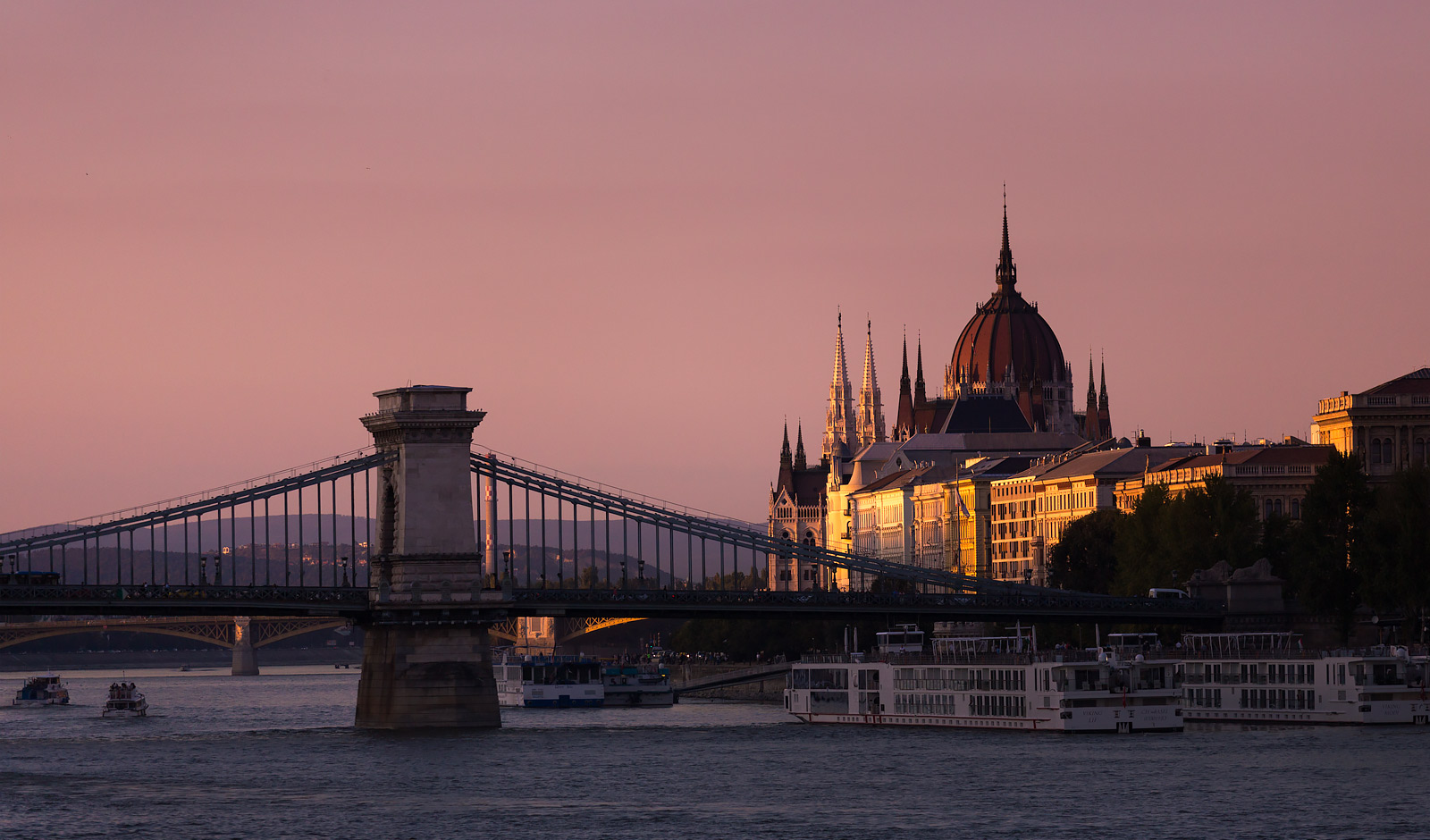



Before leaving town, I stopped in at an open air market next to the university. After Prague, it was refreshingly tourist-free, and I had the chance to sample numerous cured meats and check out a variety of local crafts, from pottery to textiles. As I walked back into the city, I noticed that several people were sitting on the ironwork of the Freedom Bridge to watch the sunset.

